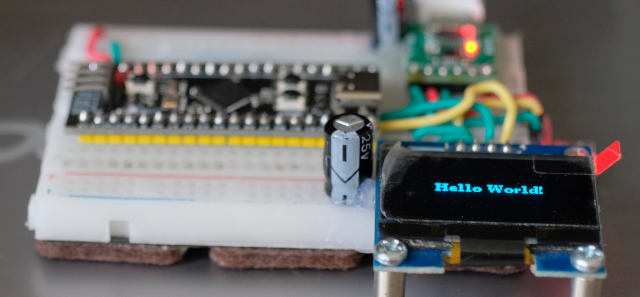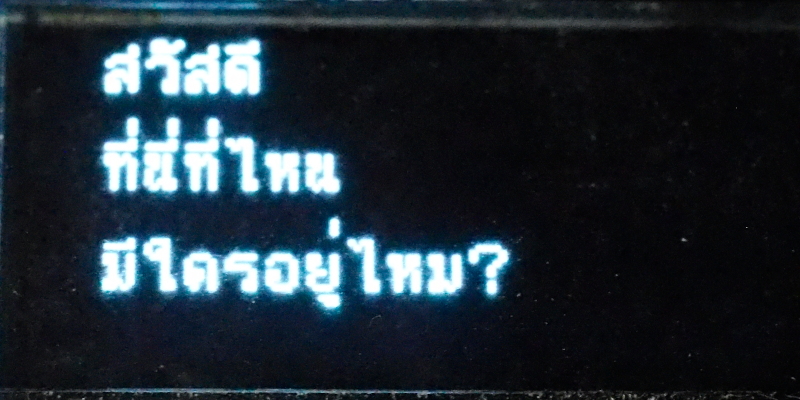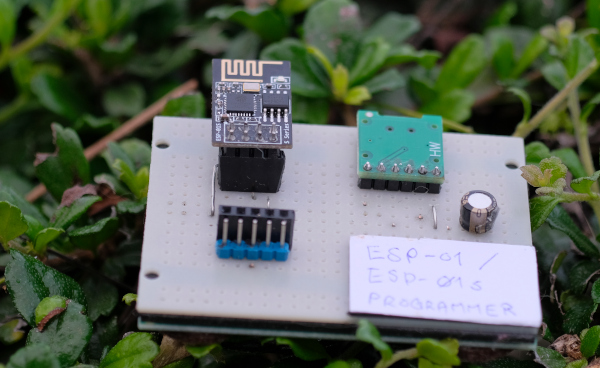This article discusses using a Ticker with an ESP8266 microcontroller to generate clock interrupts instead of delaying with delay(), the amount of time spent by looping with delay() is used to do other things and create efficiency for the developed software.










